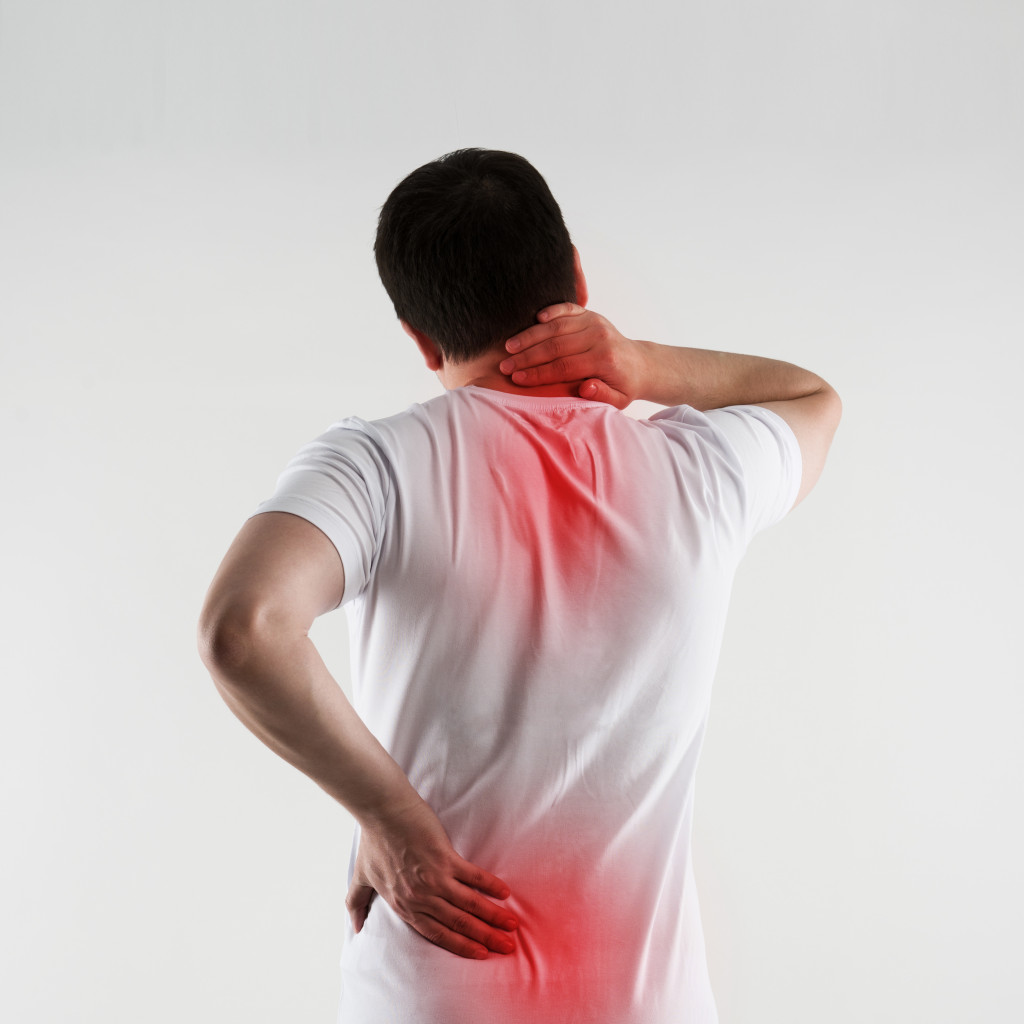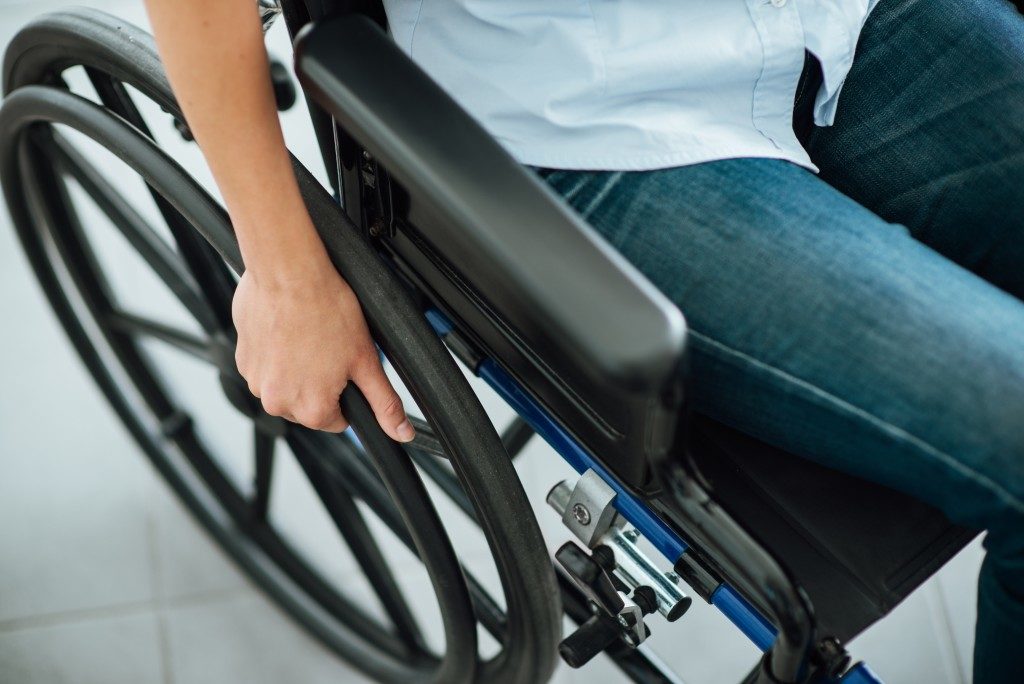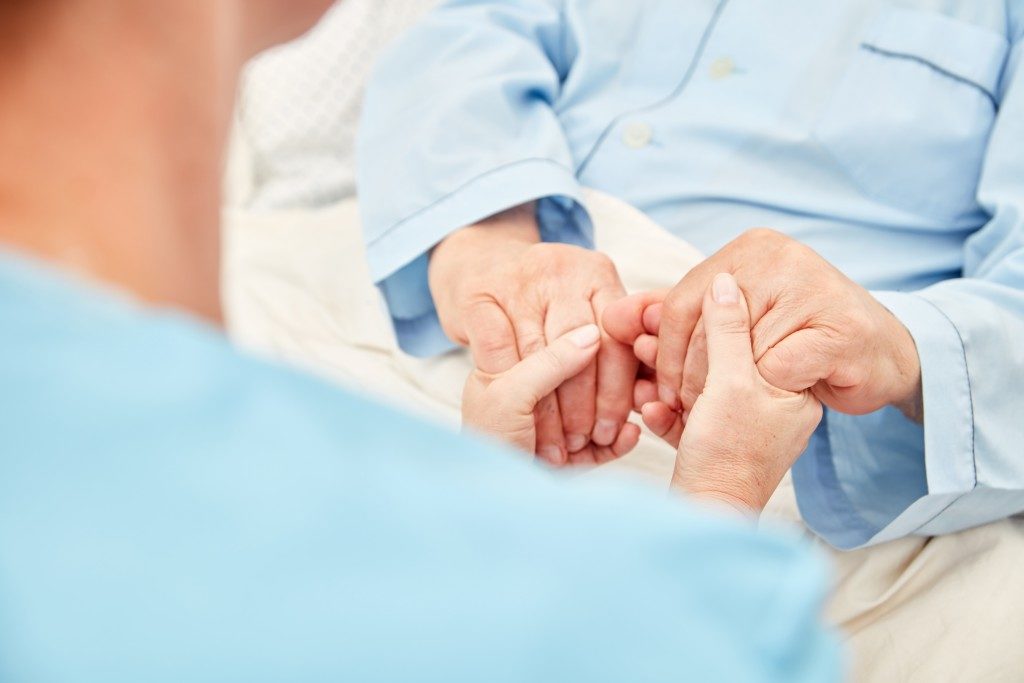- Osteoporosis is a serious bone disorder affecting people of all ages in the UK.
- Causes of rising numbers include an aging population, unhealthy lifestyles, lack of exercise, and genetics.
- Early diagnosis, nutrition, exercise, home modifications, and medications can help manage osteoporosis.
- Calcium and vitamin D-rich foods, as well as sunlight, are key for bone health.
- Support networks can be beneficial when dealing with the emotional impact of osteoporosis.
Osteoporosis is a widespread bone disease that affects people of all ages, genders, and races. It is characterized by weak bones that can easily break or fracture. According to recent studies, Osteoporosis is becoming more common in the UK than ever. This is worrying because it is a severe condition that can lead to long-term disabilities or even death.
Osteoporosis in The U.K.
It’s estimated that about three million people in the U.K. have osteoporosis. This number is expected to rise as the population ages and more people become at risk of developing this condition. Additionally, it’s estimated that one in two women over 50 will have osteoporosis-related fractures by 2040.
To address this growing problem, health professionals must be able to identify those who are at risk for developing this disease. Here are some reasons behind the rising number of osteoporosis.
Aging Population
The UK’s population is rapidly aging, and as people get older, their bone density decreases. This, in turn, increases their chances of developing osteoporosis. As there are more elderly people in the UK than ever, this could be one of the primary reasons for the increase.

Unhealthy Lifestyle
Unhealthy lifestyle choices such as smoking, excessive alcohol consumption, and poor diet can significantly impact bone health. Smoking, for instance, can reduce bone density significantly, while excessive alcohol consumption can cause hormonal imbalances that affect calcium absorption. A poor diet low in calcium and vitamin D also increases the risk of osteoporosis.
Lack of Exercise
Physical activity is crucial for maintaining bone density, strength, and flexibility. Individuals who do not exercise regularly, particularly weight-bearing exercises like walking and weightlifting, are at a greater risk of osteoporosis. Many people in the UK lead a sedentary lifestyle, which could be contributing to the increase in osteoporosis.

Genetics
Genetics can play a significant role in determining a person’s bone density. For instance, a family history of osteoporosis increases an individual’s chances of developing the condition. Some medical conditions that affect calcium absorption or hormone levels can also increase the risk of osteoporosis.
Medications
Certain medications, such as corticosteroids, can significantly affect bone density and increase the risk of osteoporosis. Patients on long-term steroid treatment must take extra care of their bone health. Other medications, such as anticonvulsants and aromatase inhibitors, can also increase the risk of osteoporosis.
Dealing With Osteoporosis
There are various ways to deal with osteoporosis. Here are some of them:
Early Diagnosis
You need to get diagnosed early if you have this disease. An affordable DEXA scan can help you do this. DEXA scans utilize X-rays to detect areas of low bone density and are the gold standard for osteoporosis diagnosis. You can find them in healthcare centers like Vista Health. They have updated versions of these scanners, and they are great for identifying those at risk of fractures or other complications at a very affordable price.
Build Strong Bones with Nutrition
One of the best ways to protect your bones is to eat a healthy diet with adequate calcium and vitamin D. Foods high in calcium include dairy products, leafy green vegetables, and fortified foods such as cereals and orange juice. Vitamin D can be found in fatty fish, egg yolks, and fortified foods. Additionally, sunlight is a natural source of vitamin D, so try to soak up some rays daily.
Stay Active with Exercise
Exercise is essential for maintaining bone density and strength, so engage in weight-bearing activities as part of your daily routine. Walking, jogging, dancing, and weight lifting are all excellent options. If you are new to exercise or have mobility issues, talk to your healthcare provider about safe options.
Reduce Falls with Home Modifications
Falls are a significant risk factor for people with osteoporosis, so take steps to keep your home safe and reduce your risk of accidents. Install grab bars in the bathroom, non-slip mats in the shower and bathtub, and ensure all carpets and rugs are secured to the floor. Additionally, keep your home well-lit and free of clutter.
Manage Medications
Certain medications can increase the risk of osteoporosis or exacerbate symptoms, so discuss your medications with your healthcare provider. Additionally, some medications may interact with each other or other therapies, so inform all your providers of everything you are taking.
Build a Support Network
Osteoporosis can be emotionally challenging, so don’t hesitate to contact friends, family, and support groups. Talking about your feelings and experiences can be helpful, and you may also learn valuable tips and strategies from others going through similar experiences.
Osteoporosis is a severe condition that requires medical management and lifestyle modifications. With the proper treatment and prevention strategies, individuals can manage their symptoms effectively and keep their bones strong. If you think you may have osteoporosis, be sure to talk to your healthcare provider. Early diagnoses and prompt treatment are essential for optimal health outcomes.



